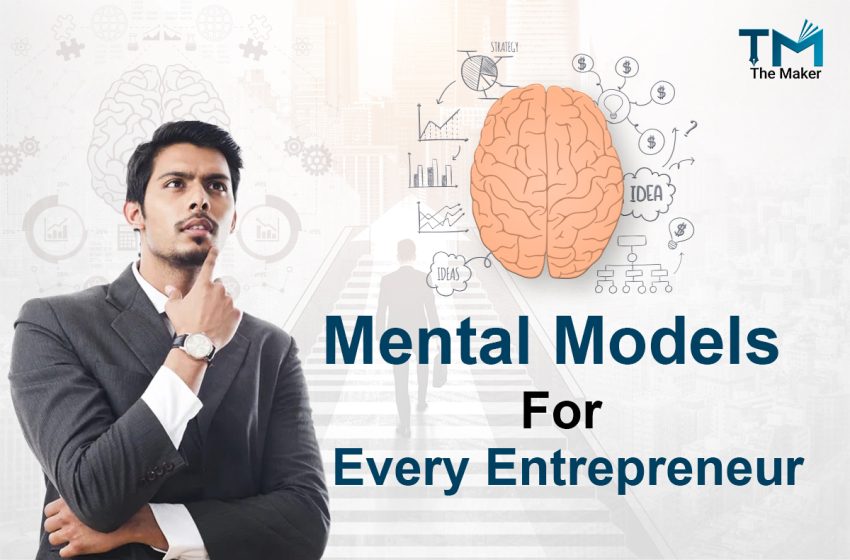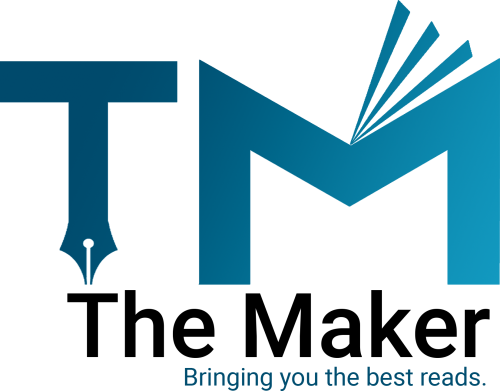Mental Models Every entrepreneur Should Know

The world is very complex, and mental models help to solve the complex world. As a leader of the organization, an entrepreneur, or a business person, you might be recognized as the chief problem solver, and you certainly feel that problems are continuously becoming more complex day by day. If you know the mental models, you can quickly solve the problem because you can view it from a different perspective and discover innovative solutions.
Now you indeed think about what mental models are. Mental models may be the critical ideas of each discipline. They are philosophy, physics, mathematics, statistics, engineering, biology, chemistry, psychology, economics, and history. You just need to know and connect them to create the model.
The word ‘mental models’ is an overarching term for any concept, framework, or worldview you carry around in your mind. It is the concept of how we understand the world. Not only does it shape what we think and how we understand but also it shapes connections and opportunities that we see. In a simple explanation, it is how we simplify complexity, how something works, and why we consider some things more relevant than others.
There are many books and articles available that help in identifying, analyzing, and implementing mental models. They offer you unique thought processes which can be used to examine and overcome challenges because we can not keep all details of the world in our brains.
Many great entrepreneurs or founders, like Charlie Munger, Elon Musk, etc., have stated that you must have a collection or latticework of models in your brain to make sense of the world around you.
Read this page to learn about the models that will help you how to think.
Regret Minimization Framework
The maker of the Regret Minimization Framework is Jeff Bezos. This model helps you to make tough decisions. And also help if you want to quit your job and build the thing you have been thinking about for the last 2 to 3 years. The model focuses on the entrepreneur’s goal to reduce regret. Regret occurs when the decision of the entrepreneur is not working according to the entrepreneur’s mental model.
The Idea Maze
Balaji S. Srinivasan’s The idea maze is thinking, planning, and finding the paths, your startup may go through. The entrepreneurs navigate through this model by learning from others, searching and refining ideas, and deciding which idea to follow.
Opportunity learning network
The entrepreneur’s target is to understand how the world is working to broaden their influence. The entrepreneur’s hypothesis about the future change as they learn more and more from their experience. Their thought and beliefs are based on their observations.
Jobs to be done
Created by Clayton Christensen, Jobs to be done helps you to realize why a client prefers to choose your product or service. And knowing the reason will help you to accurately develop and analyze the market well to understand the customer’s need. According to Clayton Christensen, if you understand the job well, how to improve the product becomes easy.
Product market fit
The maker of the product market fit is Andy Rachleff. The product market fit is when you are good and well-settled in the market, and the product you are working on satisfies your customers. Understanding product market fit is crucial for every company because their targeted customers are purchasing, using, and suggesting others about the company’s product to a large number of people, which helps in product growth and profit.
Network effects

Network effects depend on a situation when a product or service becomes more valuable as more people use and refer to it. Therefore, you need to understand the unique value your product offers, your customers’ willingness to pay for it, and the profit margins your company requires to reach its goal.
Market of one
Generally, the entrepreneur wants to attain the utmost autonomy and freedom in the market. Autonomy means the entrepreneur’s ability to make decisions without interference, and freedom means the ability to choose what they want to do.
Margin of safety
Suppose a bridge can take a load of upto 14,000 pounds, but it would be best to cap the load limit at 13000. It would protect you from the risk if the bridge wasn’t actually that much strong.
The margin of safety is actually the safe gap that protects you from any great risk or failure.
Inversion mental model
This model is considered one of the most important mental models. Here, the word inversion simply means looking at a problem or decision from an opposite point of view. The inversion perspective is common to a human beings. People, rather than thinking about their desired outcome, sometimes think about those outcomes that they would like to think about them. For instance, suppose you want to get a promotion to the next higher rank. Then, instead of asking yourself, what are the things I could do to get promoted, you ask yourself what the things that would prevent my promotion are.
After thinking this, you decide to do none of those things.
According to Shane Parrish, avoiding stupidity is easier than seeking brilliance.


